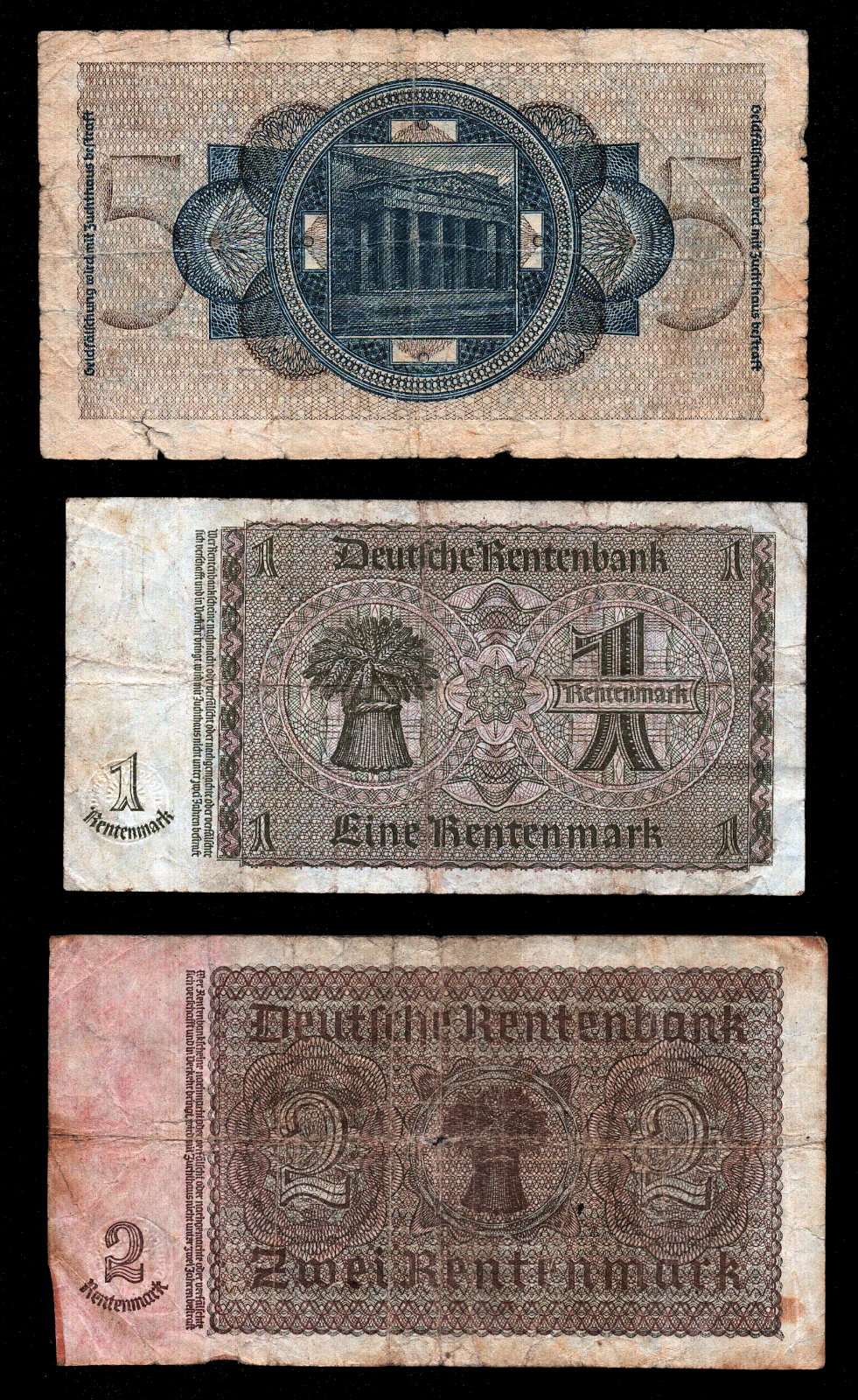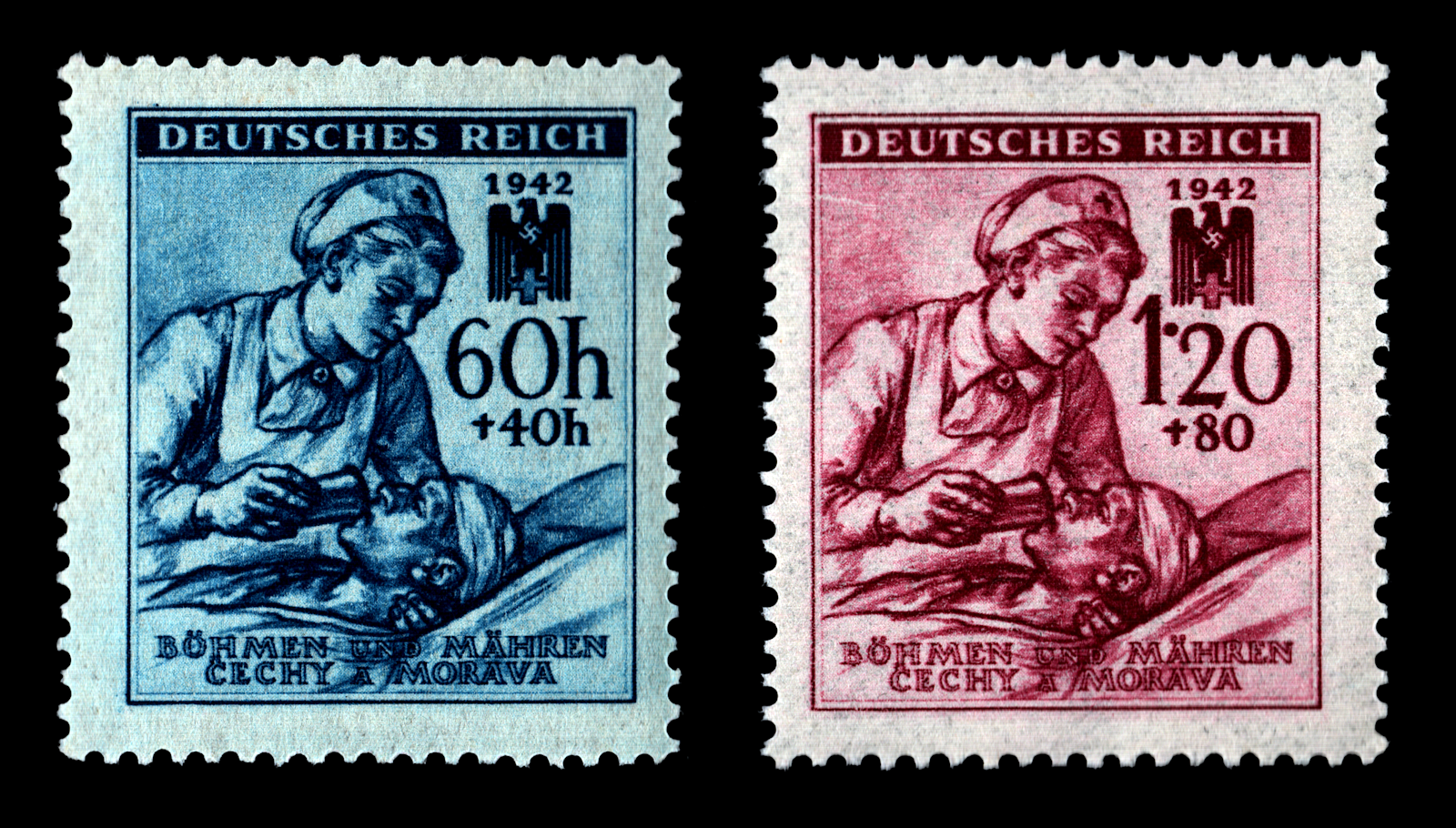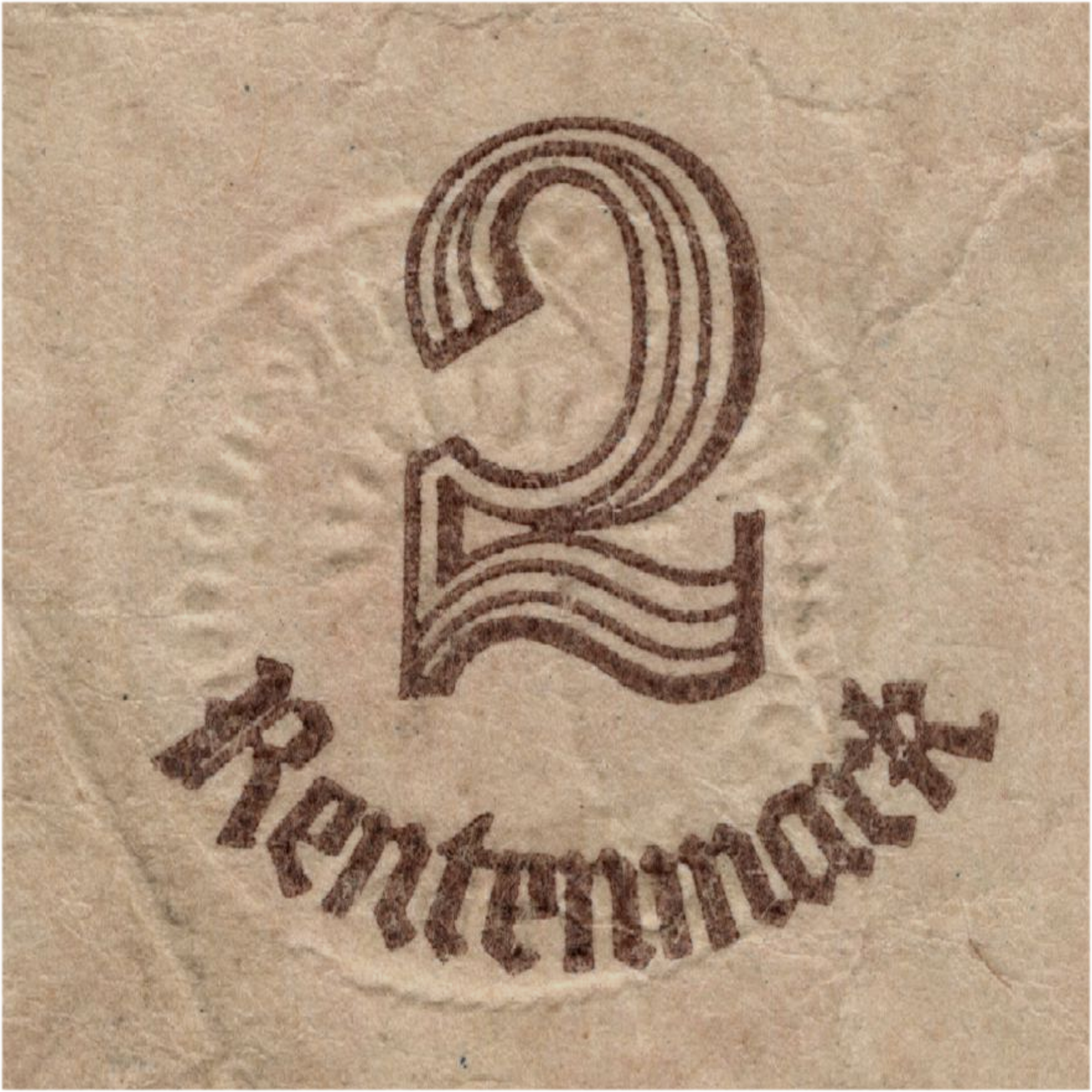-40%
WWII Germany War Stamps Note WW2 German Collectible Collection Lot Marks VG+
$ 5.27
- Description
- Size Guide
Description
WWII German Banknotes and Stamps 1937-1944What You See Is What You Get
In this lot you get:
(1x) 1937 1 Rentenmark bill
(1x) 1937 2 Rentenmarks bill
(1x) 1941 5 Reichsmarks bill
(1x) 1942 Red Cross commemorative set MNH
(1x) 1
943 Hitler Birthday commemorative set MNH
(1x) 1943 Reinhard Heydrich "Death Mask"
commemorative
MNH
(1x) 1944 Fifth Anniversary of the Protectorate (Occupation) commemorative set MNH
FREE DOMESTIC U.S. SHIPPING
The notes are in circulated (used) condition as pictured. The stamps are in Mint Never Hinged condition (post office fresh). What you see is what you get. Makes a nice gift pack for the Old Cold Warrior, student, educator, or history buff in your life!
Thanks for looking! Please see
my
other items
for more.
Q: What am I buying, and why would I want them?
A: The banknotes and stamps are from the WWII era German area (1937-1945), and were a fixture in the daily lives of the people of that time. Nearing a century old, they grow scarcer daily. You will hold history in your hands.
As a consequence of the Great Inflation of 1922/23, Germany had two circulating currencies when Hitler came to power in 1933: the Reichsmark issued by the German central bank, the Reichsbank; and the Rentenmark, issued by the Rentenbank.
As was the case in the United States, in Germany, its legal tender, the Mark, was issued by the central bank. The inflation which roiled and wracked the Reich between 1919 and 1923 destroyed the official Mark. In November 1913, one U.S. dollar would buy 4.2 German Gold Marks. By November 1923, that same dollar bought 4.2 TRILLION Paper Marks. With the official Mark so debauched, the Rentenmark was introduced to restore public confidence, and financial stability. Nominally based on the gold standard, and good only for use within Germany, the Rentenmark was valued at the old pre-war rate of 4.2:1 to the U.S. dollar. Concurrently, a wholly independent quasi-official central bank, the Rentenbank, was created to administer it. The charter of the bank was to run until 1963. It remained in operation until the collapse of the Third Reich, and Rentenmarks continued to circulate in post-war Germany under Allied occupation until 1947.
The German Treasury was also authorized to print money. This was done on a small scale prior to World War I by the Imperial government, and was revived under the Third Reich. The office which oversaw this currency was the Reichskreditkassen (RKK). During World War II RKK notes were used only for payments in the occupied countries, and could not be spent in Germany proper. At the last verifiable tally in 1941 there were RM 5.1 billion worth of these RKK notes in circulation. For the most part, smaller denomination bills served as occupation money for the troops.
The stamps marking Hitler's birthday are a set piece of propaganda and the Third Reich's fascist take on the cult of personality (a popular fashion statement peculiar to tyrants and wannabes of the period. See: Stalin, Mussolini, Antonescu, Franco, Tito, Mao, et al.). The sets are in Mint Never Hinged condition, post office fresh, and were issued in the Protectorate of Bohemia and Moravia, now the Czech Republic.
















